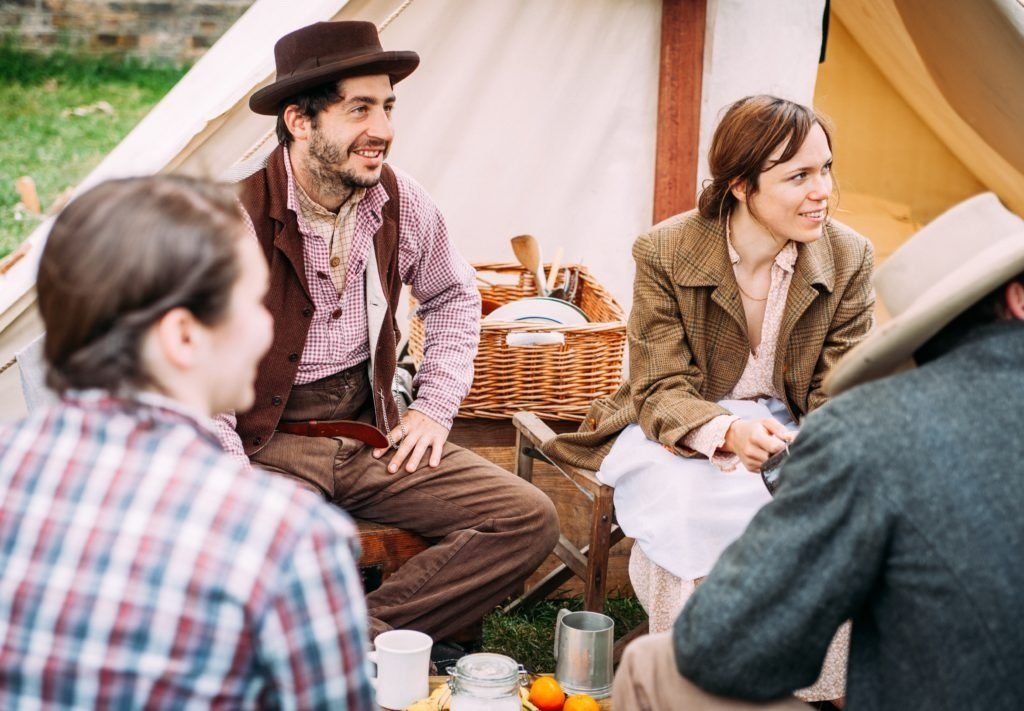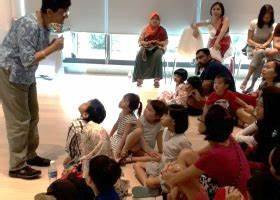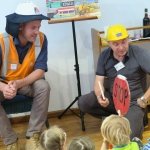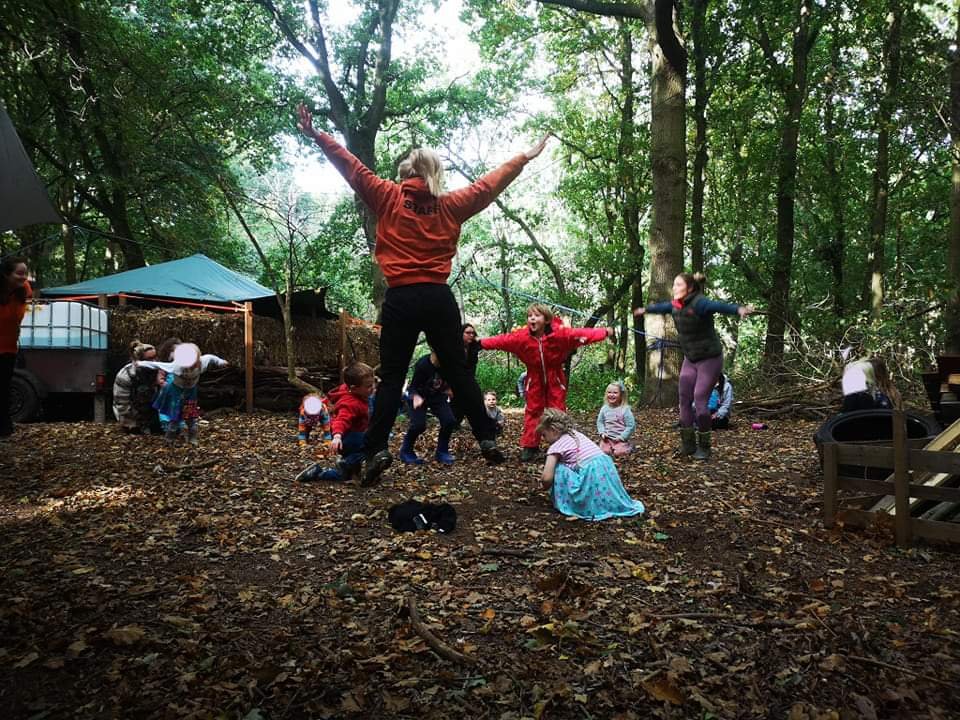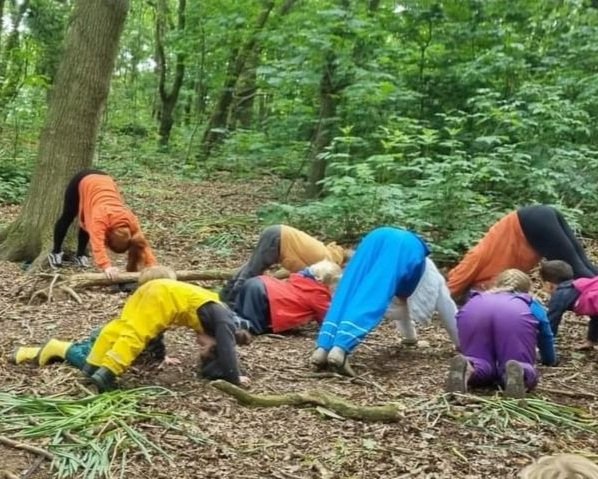How to Have a Fabulous National Story Telling Week on a Budget!
National Storytelling Week (NSTW) is a firm favourite of myself as an early years consultant. I am a firm believer that we all have a story inside us to tell, we are born storytellers. And this week gives us the opportunity to share stories, to build narratives and even better we can do it on a budget without spending hundreds of pounds!
Here are your 5 tips for doing NSTW on a budget:
1. Involve your community!
We will all have members of our teams, families, or local people in our community that have stories to tell. Whether It is a traditional or cultural story passed down from generation to generation Ask people in to tell a story or research stories that families share that they grew up with. Also, are day to day lives are made up of stories, from telling a story about going to the shops or a holiday that we have recently had. This is also a great time to look at the stories of different occupations, for example, the day in the life of a builder.
(Images left to right: Fresh Expressions 2023, Storytellers Singapore, 100 Stories Before School 2015)
2. Make your own puppets!
Practise scissor skills cutting out your favourite characters from magazines and catalogues. Then turn them into your own stick puppets for storytelling, by sticking them onto lollypop sticks. Or design on cardboard and carefully cut out your very own characters to be the centre of your story, perhaps a dragon, a princess or a monster! Or make some of simple finger felt finger puppets developing fine motor skills and sewing around the edge.
3. Model storytelling in play
As children play and add a narrative to their play they are naturally telling stories. Play alongside the children, modelling vocabulary structure and natural storytelling. Whether it is when you are playing with the small world toys, or making up stories in the garden about running away from a big scary monster. Children need to see us as storytellers as well.
4. Create story maps
Story mapping is a great way of involving children story telling and sequencing. You can use this to tell a story children are familiar with or use it as a tool to visually map out the story you are telling. It is great for highlighting the details of a story beyond beginning, middle and end as you draw pictures for the main points of the story. This is also a technique that children can then use to retell their own stories before they are ready to write.
(Aberford C of E Primary, 2017)
5. Yoga Storytelling
I was recently at an outdoor setting (Born to Woodland in Rayleigh Essex) and was very inspired by their yoga story time. They have a story of the month, e.g. the very hungry caterpillar and they use different yoga moves to support children's wellbeing and physical development. I loved this idea and is something you can easily makeup or do in your setting. There are also a variety of books and online resources available to help you with this.
(Photo Credits: The wonderful staff and children at Born to Woodland, Rayleigh Essex. Joining in their yoga stories! Born to Woodland is a setting that caters for children between the ages of 3 to 11 years old).

